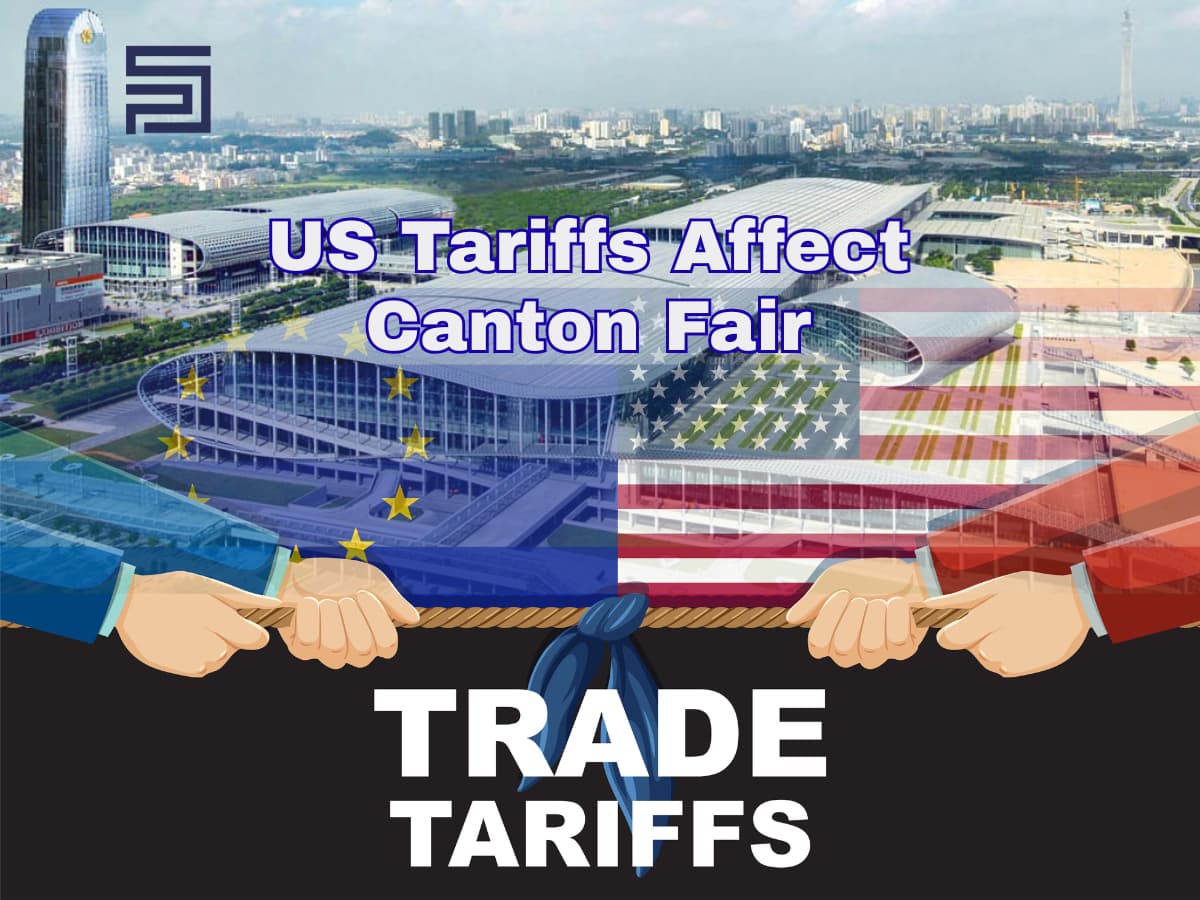A business's ability to deliver within the agreed timeline is a crucial indicator of its efficiency, reliability, and professionalism, setting it apart from its competitors.
While increasing productivity is one of the main objectives for many businesses, meeting client demands and delivering projects on time is equally crucial. To achieve this, most businesses focus on developing lead time reduction strategies. By doing so, they can meet deadlines, retain their customer base, and remain competitive.
What is Lead time?
Lead time is the time required for a production process or project to be completed. This period begins when an entity (such as a vendor, manufacturer, warehouse, supplier, retailer, or distributor) receives an order, creates or prepares the product, and ends when the product is delivered.
It is a key business metric to forecast inventory levels, anticipate sales, plan for customer demand, and streamline operations.
The formula for Calculating Lead Time
Overall lead time = Pre-processing time + Processing time + Post-processing time
Lead time in manufacturing = Procurement time for raw materials + manufacturing time + shipping time
Lead time in retail = Procurement time for finished products + shipping time
Lead Time Reduction
Reducing the time between order placement and product delivery is crucial for ensuring customer satisfaction. This includes both input materials and finished goods. Long delivery times may cause customers to seek alternative suppliers, thereby harming a business.
Benefits of Lead Time Reduction
Shorter waiting period: Lead time reduction is directly tied to shorter waiting times for consumers, retailers, merchants, and everyone involved in the supply chain process. The idea is to limit the time between when an order is placed and received. Shorter waiting periods help to build trust between sellers and buyers and help reduce shipping time.
Faster replenishment of stock: By decreasing the time it takes to complete a process from start to finish, businesses can more quickly receive replenishment orders when they run low on inventory. Consequently, stock-out situations can be resolved quickly or avoided, improving customer satisfaction and a more efficient supply chain.
Increased revenue in-flow: When stockouts are no longer a concern, there will be optimal maintenance of inventory levels, leading to a steady revenue stream.
Consistency in meeting deadlines: Improved fulfillment and delivery workflows reduce lead times and stockouts, ensuring timely deliveries and customer satisfaction.
Greater delivery accuracy: Delivery accuracy (the consistency between a customer’s order and what is delivered) plays a vital role in the success of a business. However, maintaining the delivery schedule and accuracy could be problematic with longer lead times. By reducing lead time, customers receive consistent delivery with high order accuracy.
Customer satisfaction: Brands that offer faster delivery windows tend to have more satisfied customers and greater loyalty, giving them an edge over competitors.
Control over supply chain: A stronger supplier relationship could reduce lead times, resulting in greater inventory visibility and control over what’s moving in and out of your supply chain. This way, you will be able to monitor and fast-track lead times.
Lead Time Reduction Strategies
Some businesses need help reducing their lead time but are still unsure how to address it. Here are some strategies to consider:
Measure the total lead time and variance: The first step to reducing your lead time is knowing the specific time frame. This way, you will know your lead times and work on paring them.
Measure and evaluate lead times of individual steps: After calculating the order lead time, determine the lead times for each step in the supply chain, such as manufacturing or production cycle time and delivery time to the warehouse.
Improved supplier relationships: Establishing better relationships with suppliers can often lead to preferential treatment from those suppliers. This can translate into benefits such as more favorable pricing, access to exclusive products or services, and expedited delivery times.
Use of local suppliers: When a brand partners with local suppliers, it can significantly reduce lead time by several weeks due to proximity, solving the problem of meeting deadlines despite the distance between the two.
Sign lead time contract: Signing a lead time contract is a great way to hold your suppliers accountable for delivery. With the contract, both parties acknowledge the same lead time and agree to the same delivery date. If the lead time is extended, there will be compensation or consequences.
Change shipping method: If you find it challenging to meet deadlines while using a particular shipping method, it might be helpful to explore other shipping options. You can begin by comparing the flat rate cost and weighing the advantages and disadvantages of each shipping option.
Use of automated systems: Automation involves the use of technological systems such as barcoding, robotics, radio-frequency identification (RFID) systems, and organisational strategies that reduce the need for human intervention during operations, thereby speeding up processes.
Final thoughts
It is crucial to estimate supply chain lead time as it helps you to identify areas for improvement. Experienced supply chain companies such as SARA PROCUREMENT SERVICE LIMITED can provide supply chain technology that automates processes and reduces lead time, giving you a significant competitive advantage.
Visit our physical office at 3 Fatai Irawo Street, Ajao Estate, Airport Road, Lagos, Nigeria, or any of our warehouse touch point locations worldwide to learn more about us and utilise our services.
Our 247-email correspondence is hello@chinatolagos.com.
We are equally social, and you can find us, @SaraProcure, on your favourite channels: Twitter, Threads, Facebook, and Instagram.
.png)





Comments
Please log in to leave a comment.